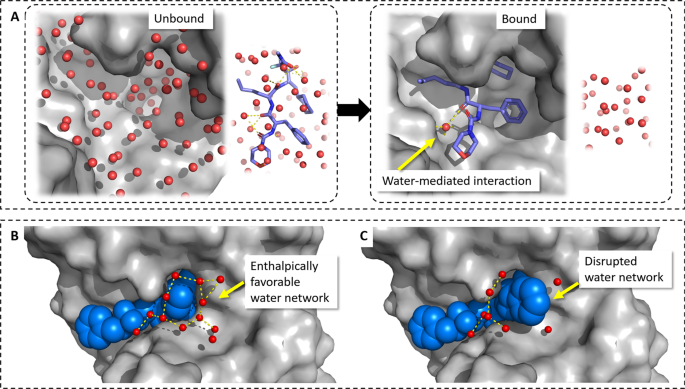

It appears that all the binding sites in Glt Ph have been well identified so the system is ripe for a detailed MD study.

The presence of the S93 side chain in the coordination shell of the third Na + ion has been confirmed by S93A mutation experiments both in Glt Ph and EAAT1, where a large reduction in Na + affinity has been observed (T. The proposed new site for Na3 involves, in addition to the already identified T92, N310, and D312 side chains ( 17,21), two other residues, the Y89 backbone and S93 side chain.
#GAUSSIAN SOFTWARE TO KNOW CHARGE OF BINDING POCKET FREE#
Our initial free energy calculations indicated that even those Na3 sites did not yield binding energies that were consistent with the transport mechanism, which prompted us to further refine the Na3 site proposed in Huang and Tajkhorshid ( 17). Of the predicted Na3 sites, only those involving D312 ( 17,21) are completely consistent with the functional ( 21,22) and structural ( 5) data. The Na3 site was also searched via electrostatic calculations and valence mapping ( 20,21). So far several MD simulations of the Glt Ph structure have been carried out focusing on the opening of the extracellular gate and substrate binding ( 14,15), location of the Na3 site ( 16,17), and substrate translocation and release ( 18,19). Otherwise, a reliable prediction of the binding free energies would not be possible.

But before one can proceed with such a program, the binding site for the third Na + ion (to be called Na3) needs to be located accurately.

This can be achieved by performing detailed molecular dynamics (MD) simulations of Glt Ph, where one characterizes the binding sites for the substrate and the ions and calculates their binding free energies in various configurations to determine the binding order. Thus, in the absence of any EAAT structures, one may use the Glt Ph structure to interpret the functional data from EAATs and thereby gain insights for the transport mechanism in GlTs ( 12,13). However, the sequence identity is much higher for the residues forming the binding pocket (∼65%), and most of the residues implicated in substrate and ion binding in EAATs are conserved ( 8–11). Glt Ph has ∼36% amino-acid sequence identity with the EAATs, which is somewhat low. This issue was settled in a recent experiment with radioactive 22Na + ions and aspartate, which showed conclusively that three Na + ions are cotransported with the substrate as in EAATs ( 7). Initial functional studies of Glt Ph revealed that the transport mechanism was independent of H + and K +, but they were inconclusive on whether two or three Na + ions were cotransported in each cycle ( 5,6). The binding sites for the substrate and two ions were identified in a subsequent crystal structure of Glt Ph ( 5). As in ion channels, the first crystal structure of a GlT was determined in prokaryotes, namely that of Glt Ph from Pyrococcus horikoshii ( 4). A large amount of functional data has been accumulated on GlTs in the last two decades ( 1) but their interpretation has proved difficult in the absence of any structures. In mammalian GlTs (called excitatory amino-acid transporters, or EAATs for short), the transport mechanism involves cotransport of three Na + and one H + ions, and countertransport of one K + ion ( 2,3). Glutamate transporters (GlTs) remove the excess extracellular glutamate using the electrochemical gradient of Na + ions ( 1).


 0 kommentar(er)
0 kommentar(er)
